Greece on Emulsion Transfers
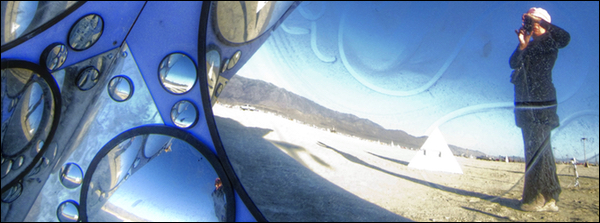
“Even now, as I play with the emulsion, a subject comes alive in my hands. Throughout the process, I am able to revisit elements I long for. I am able to feel the light, see the colors, hear the sounds. I am transferred, myself, for a brief yet enduring moment. The implausible sensation of freedom comes alive again and breathes through my new images. A form of unspoken magic unfolds and I become aligned with who I am.”—Chiara-Sophia Coyle
Clicks & Relativity
By Chiara-Sophia Coyle
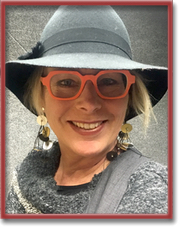
OAKLAND California—(Weekly Hubris)—January 2019—The legend maintains that Polaroid Emulsion Transfers were discovered by chance in the early 1960s when a Polaroid technician testing batches of the new peel-apart chemistry left the negative portion face-down on a white countertop. The following morning, when the technician peeled the dry negative from the countertop, he realized that the test image had been transferred to the countertop as a positive.
Experimentation was discouraged, but transfers resurfaced in the 1970s, when amateur photographers found that the technique gave their images a unique look, and began utilizing all the many ways one could transfer an image onto any porous material. Image transfers are described as a “crossover” art form, one that blurs the distinction between conventional photography and hand-crafted art such as painting. Unlike the precise images of photographic prints, image transfers suggest a moody, dream-like world.
Emulsion Transfers came into my own life during a very long, cold (California cold) and wet winter in the 90s. I had recently moved to California—a single parent, with very few friends, certainly no baby sitter nor the funds to pay for one. My whole being was aching for Motherland Greece. I found a way to reconnect with home through my photographic images; exploring Emulsion Transfers in the kitchen of my small apartment.
Using 35mm slides and a Day Lab Processor (slide printer), I was able to transfer images onto Polaroid film. To create an “emulsion transfer,” the positive part of the Polaroid film is first cured and then, through a series of steps, the image is separated in hot water, leaving a remarkable thin membrane (the actual image), which can be placed on a porous surface, sculpted, stretched, wrinkled or torn, creating a unique feeling each and every time.
Even now, as I play with the emulsion, a subject comes alive in my hands. Throughout the process, I am able to revisit elements I long for. I am able to feel the light, see the colors, hear the sounds. I am transferred, myself, for a brief yet enduring moment. The implausible sensation of freedom comes alive again and breathes through my new images. A form of unspoken magic unfolds and I become aligned with who I am.
Thus, I maintained, maintain, my energy . . .
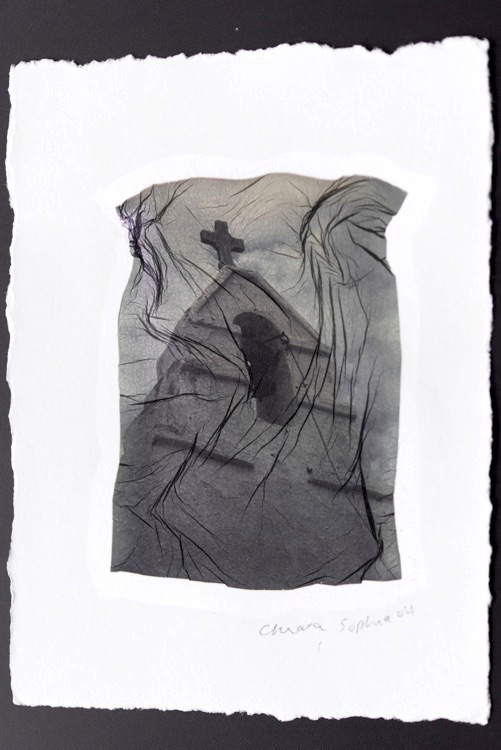
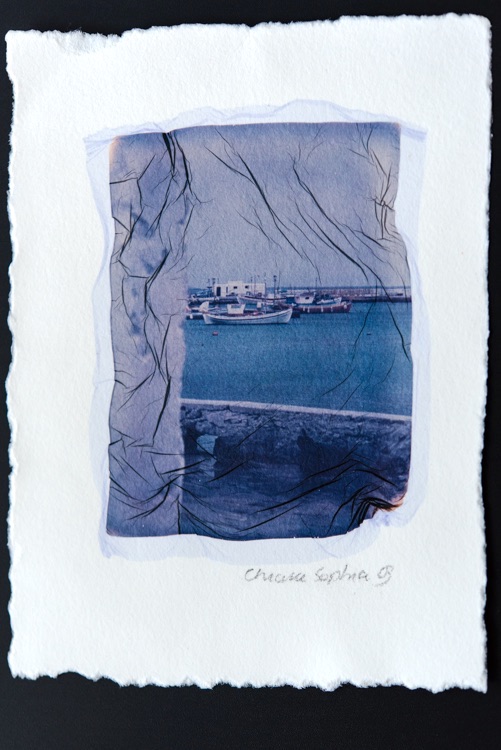
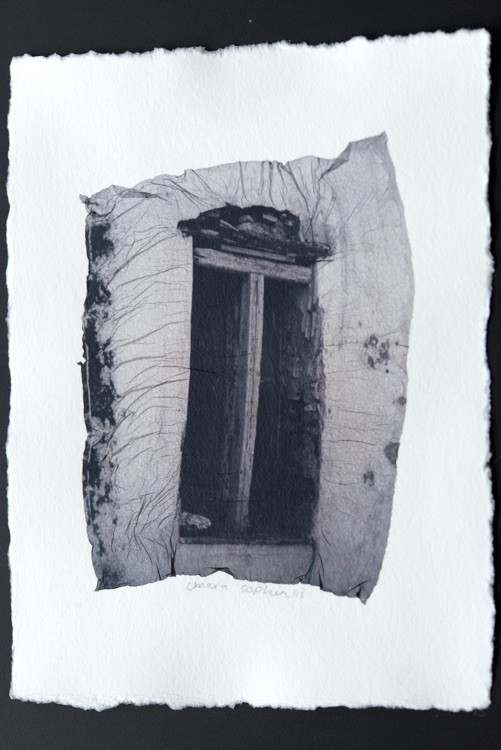
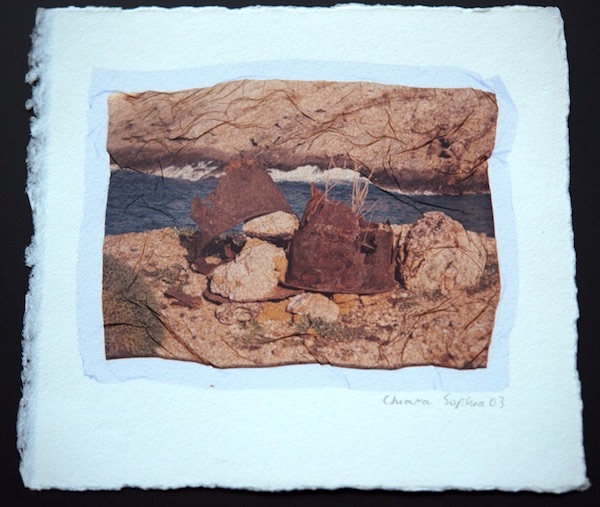
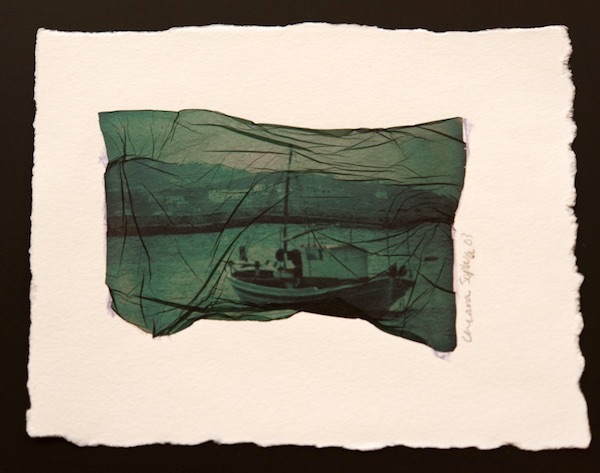
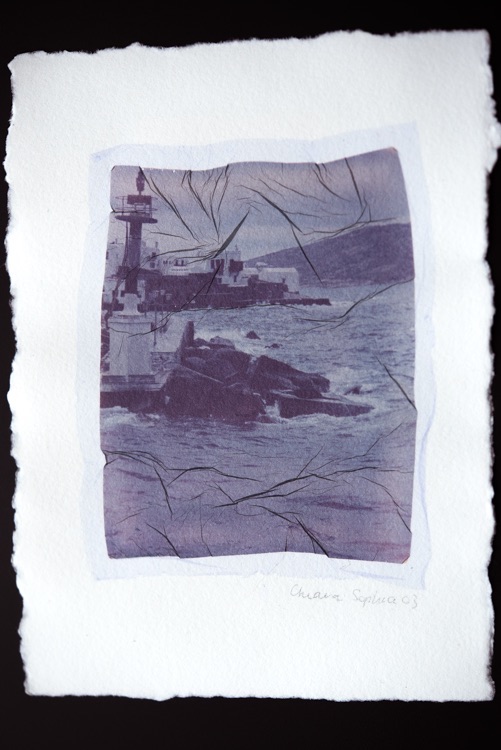
2 Comments
Will
Chiara-Sophia, what lovely transformations from the original subjects! I love that the ‘invisible’ membrane becomes an integral part of the image, once transferred. What an exciting new medium to see in these pages – Welcome!
Chiara-Sophia Coyle
Will, thank you for your warm welcome and comments! I’m excited to share my “trip” and various mediums close to my heart!